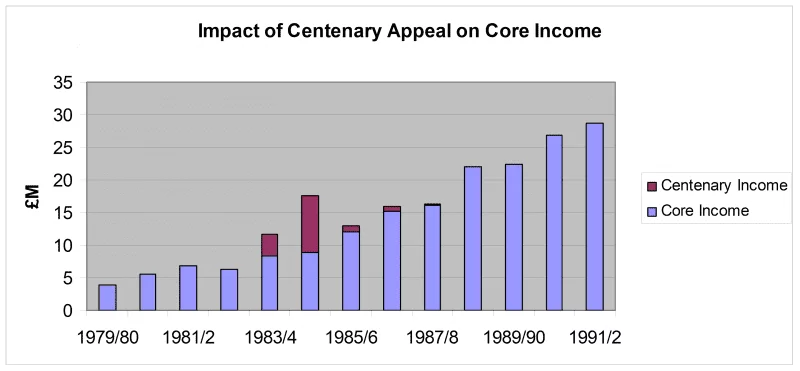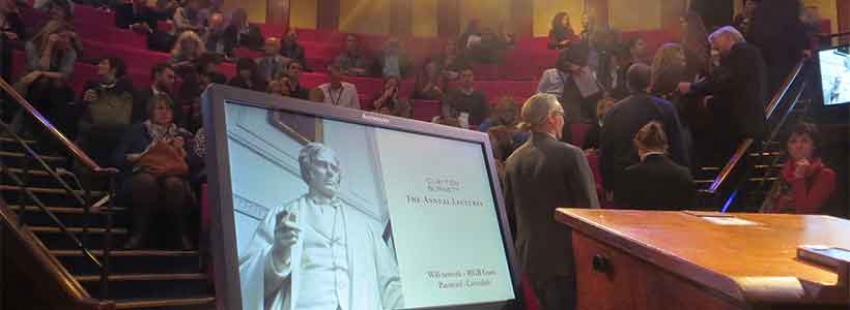How to create a transformational fundraising strategy
I was going to write this blog as a ‘how to’ guide, but decided instead to give a brief case study of NSPCC’s transformation from No:15 in the UK’s fundraising league tables to No:3. (Not pride. Just learnings.)
Some of it is specific. Most of it, I believe, has general ideas that are applicable to all charities, large or small, that want transformational change in their fundraising.
It is, I hope, a case study worth reading.
Although I didn’t plan it, (and it would have been absurd even to have tried), the transformation was achieved in six, distinct, phases.
The first phase
In December 1979, I joined NSPCC as Director of Appeals and Publicity. My brief was clear. We had 2,000 district committees, grouped into 213 branches. They represented the local great and the good. I was told not to worry about them, because they were doing fine, but to focus on other fundraising.
Quickly, I realised our local committees were NSPCC’s biggest strength, and should be given focus. So I quietly ignored my brief.
Build your strategy around your strengths.
(The management structure of the staff supporting these volunteers is worth noting. The 213 branches were supported by 56 ‘Regional Organisers’, who all reported directly to the ‘Organising Secretary’. No middle management. This was Jesuit practice. Inculcate the values, mission, and experience into each individual. Then let them get on with it. Have a simple reporting mechanism and regular, but infrequent meetings. (Annually?) Encourage the strong ones. Get rid of the weak ones.
When I left NSPCC, there was a complex structure of middle managers, specialist fundraisers, administrators and secretaries, all supporting the same 2,000 committees. But a lot more expensive.
Of course there were many other factors. But the simple structure is worth thinking about.) There was no Individual Giving strategy or plan.
There were individual givers. They were recorded on cards, kept in shoe boxes. Each was written to annually, on the anniversary of their gift, asking them to give again.
That is unless they had given £500, when they were deemed to have done enough, and so weren’t written to again. (I kid you not.)
This is just an example.
So there were many individual strands that needed fundamental change.
Approaches to major donors, companies, trusts etc., needed to be considered and staff allocated or recruited. Bringing supporter services from Finance into Fundraising.
At this point, there was no consideration of an integrated approach. Of course that would have been desirable. But, one thing at a time.
We focused on just putting the basics in place, as simply as possible. At that point that was enough. This was so different from my brief.
So in all of this, I realised that by far my most important relationship was, and always would be, with my CEO. He/she drives the organisation, and is the key influencer of the trustees and SMT. No matter how busy I was, I would always give whatever time was necessary to keep that relationship strong. This was sometimes a real pain in the neck. A distraction from managing fundraising. A lot of time. But vital.
Advertisement
The second phase
I felt the only way of achieving transformational change, all at once, was through a major appeal, both harnessing the strengths of our local volunteers, and stimulating and creating fundamental change and integration into all our fundraising.
I knew nothing about major appeals, so I engaged Redmond Mullin, who at that time was regarded as the greatest expert in the UK. Together, and despite our low starting point, we deliberately aimed higher than any UK appeal before. £12m, not a lot now, but a great deal in 1980. NSPCC were down to two months reserves, but the SMT and trustees bought into the idea, as the way of getting them on a stronger footing.
In any charity, the SMT and trustees need to believe:
• That incremental growth is fine.
• Or that transformational growth is fine, if it helps more beneficiaries.
• Or that transformational growth is essential. In order to achieve the very best for beneficiaries. Which is why we exist.
So what does this mean, for you?
• If your charity subscribes the first point above, I suggest you leave.
• If the second, work to move them to the third.
• How could we not want to do all we can for our beneficiaries?
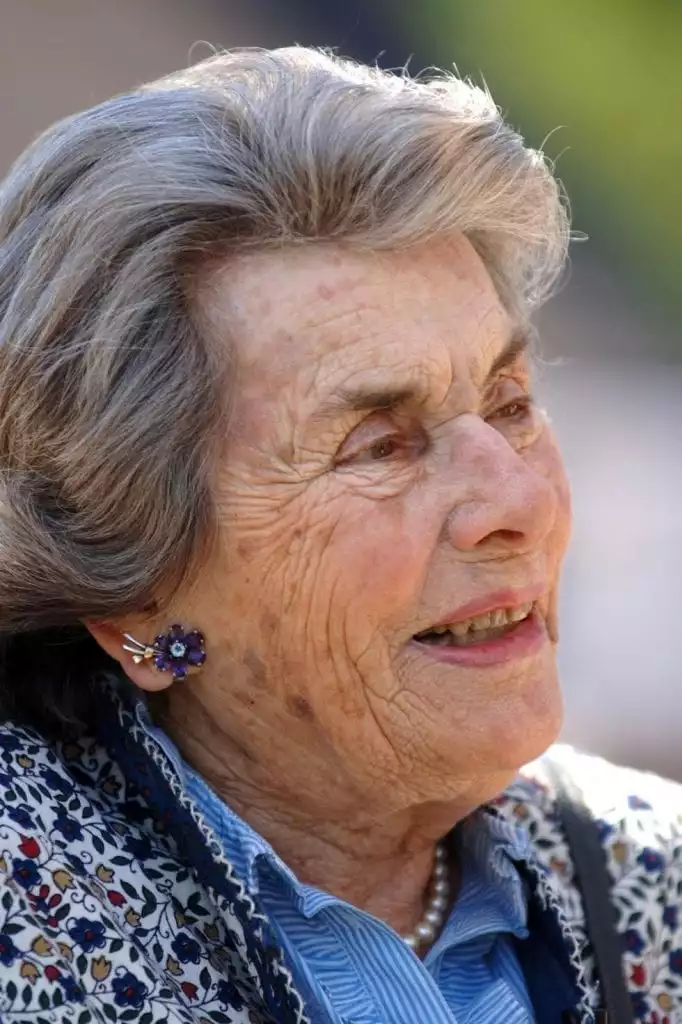
The wonderful Countess Mountbatten of Burma, an NSPCC trustee, suggested that £12m was too high, so we should aim for a less ambitious £5m.
My response was simple. If we aim for £12m, we may only raise £10m. But which would you rather have, a £5m success, or a £10m failure?
Our 100th birthday coming up. We decided to launch NSPCC’s Centenary Appeal.
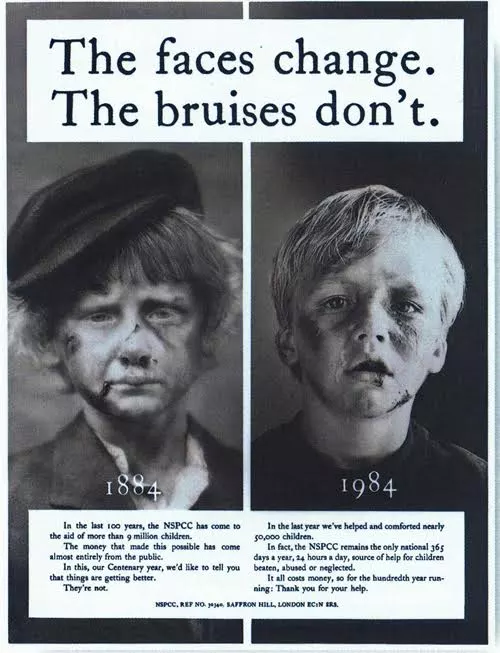
There are just two things I want to say about this.
First, although 1984 was our centenary year, that is no reason for people to give money. It was merely a hook.
Secondly, we happened to be going through a re-organisation; moving from lone inspectors to child protection teams. No capital expenditure. No significant increase in core expenditure. The centenary appeal, the largest ever, was based on creating 60 Child Protection teams, a reorganisation of existing revenue expenditure.
Since this same thinking applied to the, still unbeaten, Full Stop Appeal (16 years later) it is worth serious consideration.
The full story is on SOFII:
• Part 1
• Part 2
• Summary
We were afraid the Appeal would cannibalise existing core income. In fact, the reverse happened. In our house-to- house collections and flag days, people gave more because of the increased publicity.
And after the Appeal, what happened was exactly what I had hoped for, but way beyond my hopes.
Year on year growth, far in excess of inflation, over many years. Why?
• New donors and volunteers. Giving more. Engaging more. Involving others. Believing in the cause.
• New, and more, staff. The new staff brought fresh air into NSPCC. The best existing staff were motivated, engaged and delighted to be part of this new reality. Most of the others left. Some weak staff stuck around for years. I suggest that is often the case.
• New ways of working.
• Confidence. Of trustees, senior managers and staff. Transformational change really was possible.
The third phase
I had become enthralled by the teachings of Harold Sumption at early IFC Conferences. So had Ken Burnett. We had become firm friends. See Harold’s wisdom.
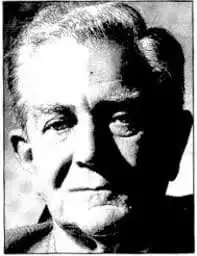
I gave some seemingly appreciated help to Ken’s seminal book ‘Relationship Fundraising’. The essence was to focus on the donor.
Within NSPCC, with our new fundraising management team, we thought long and hard about how we might change to reflect this, for us, new approach. We closely involved Ken and Redmond. It may seem obvious now, but at the time it was difficult and tortuous. We had to re-think our approach to fundraising, our structure, our staff, and their training and assessment. Plus the approach of our agencies.
To think about the donor.
Looking back, I realise our attempts were simplistic and naïve. But at least we were trying.
Many away-days. Many arguments. Many tears.
We wanted to focus on the donor. We agreed we should structure around the donor. (With a big but.)
We did re-structure around the donor. This involved enormous change.
But donors don’t fit into our silos. A local donor may be of influence within a company. Or a trustee of a major trust.
Dr Liam Fox, many years ago, described the NSPCC Miles ad as the most powerful image he had seen during the year. How could we capture that, and build a relationship with Dr Fox?
The Bamford family had been local supporters for many years (decades). Yet their company, JCB, had enormous potential as corporate supporters. And Lady Bamford was a socialite whose networks spread far wider than her locality.
In an integrated strategy, how do you bring all of these strands together? The answer is easy. You can’t. And you shouldn’t try to.
So, the first stage was to structure ourselves around groups of donors. Not activities, or techniques. This was hard, and involved significant management time.
A complete restructure. Years, not months.
The second stage was then to break down those very structures. To get all departments to look at donors in the round. Donors. Company influencers, trustees of trusts, and maybe extraordinarily valuable marathon runners.
This couldn’t be done donor-by- donor. It required a change in culture, in approach. Fundraisers were re-trained to think about optimising the total contribution of a donor, through whatever channels. This required all fundraisers and managers to think about the donor in the round. And have meetings about the donor, working together. This was new.
This required us to change the obsession of most fundraisers; thinking about their annual targets, compared with last year. How to change this? It was far more difficult than I thought. (I don’t have a simple answer. And we never fully achieved it.)
We kept getting it wrong. The chairman of one of the UK’s biggest companies raised £50,000 on the Marathon. Somehow we didn’t spot it, or its implications.
There were many examples. But we tried, as hard as we could, to have a learning culture. (I would go home, and vent my spleen privately, and then return the next day with a positive mind.)
(Contrary to popular belief that small charities find it more difficult to fundraise than larger ones in this area, I believe smaller charities have an enormous advantage. Oh, how I wish I had spent some time as Fundraising Director of a small charity, with the knowledge I have now, and put the principles of the donor experience into practice. Connecting the CEO directly with the donor. Connecting the donor directly with the cause. Through many routes.)
We created an organisation that was more donor focussed. But still a million miles from the outputs of the Commission on the Donor Experience. And this took serious time. Meetings, conferences, getting it wrong. Putting it right.
And we continued to grow.
The fourth phase
In 1995, the senior management team of the NSPCC had an away-day. The purpose was to start to think about what the NSPCC should do to mark the turn of the millennium. We believed that it was a time of change, looking back on the last 10, 100 and 1,000 years and looking forward to the next. We thought we should be looking for something bold and transformational, to mark the thinking at that period.
And we thought all the other major charities would be doing so too. So we needed to be one step ahead. (15 minutes ahead, in Ken’s language.)
Jim Harding, then Chief Executive of the NSPCC, said “We are the National Society for the Prevention of Cruelty to Children. If we are really to live up to our name, our ultimate ambition should be stop all cruelty to children”.
We were flabbergasted. He meant it. This was 1995. This thinking had never happened before. ’Make poverty history’, etc., came later, and is now much copied. For the good.
Jim then turned to me and said “If we were to launch a campaign of this magnitude, how much money could you raise in addition to your normal income?” I stopped and thought. One of the largest appeals to date had been The Royal Opera House Appeal for £100m. Surely ending cruelty to children was worth more than that? At the other end of the spectrum, I thought about £500m, and thought that that simply was not credible – remember we are talking about 1995; 22 years ago. So I settled on £250m and fed that into the thinking.
The number had no basis in reality. None at all. It was plucked out of thin air in one minute. (Of course, it was, afterwards, rigorously justified, and an unarguable case statement created. But, essentially, there was no big capital project. Just a re-
organisation and dramatic increase of existing revenue expenditure.)
This phase, from 1995 to 1999 was a key phase. We were doing three things in parallel.
1) Convincing the trustees that this enormous project was the right thing to do.
2) Engaging our staff. The extraordinary aspiration. The result if we succeeded. Your role in that. What you would tell your grandchildren. But still not knowing if the Trustees would agree.
3) And still maintaining our existing momentum, in core fundraising. Month by month, week by week, day by day. The harsh realities of life.
During this phase, there was much less emphasis on plans and reports, and far more on inspiring and motivating. (And of course, the money kept coming in.)
The fifth phase
The case study of the Full Stop Appeal will be promoted, in instalments, on SOFII, starting on 22nd November.
I should just mention Nick Booth, the inspirational driver of the Appeal, and ‘Field Marshal’ Angela Cluff, who having built a brilliant major donor department, was now my deputy. Both motivated the troops and kept them in order.
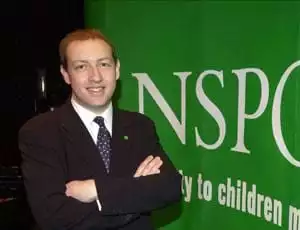
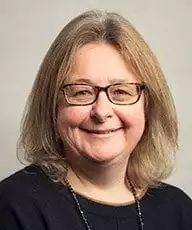
The Full Stop Appeal was originally planned to be, like the Centenary Appeal, for just one year. We needed to re-think, several times.
Was this a failure? Or a constant preparedness, not to abandon the core principles, but to flex their implementation, to adapt to the outside world?
Is changing your mind a sign of weakness, or strength?
At the end, significant growth in core income. All the factors are the same as for the Centenary Appeal. The NSPCC was poised for long term future growth.
Phase six. Donor+
Immediately, how did we prevent an anti-climax? Tim Hunter, having led Individual Giving, was now my deputy. We decided, (it didn’t take long) that we should return to a total focus on donors. Tim devised the Donor+ initiative. Distilling ‘donor led’ into six simple and easily digestible principles. Posters, everywhere. Again, conferences, meetings and training. Tim was totally focused.
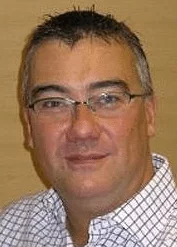
Once a month we would have a meeting of all fundraisers based at Weston House, our HQ. I would say something. But the stars were individual fundraisers, who got up and gave a case study, in their own words and with their own visuals, of how thinking ‘Donor+’ had really made a difference. Maybe five at each meeting, before their own peers. The message was not delivered from on high, but from front-line fundraisers with great and inspiring stories. It was relentless.
Staff would sometimes be inspired by their leader. But they would always be inspired by the individual stories of their colleagues.
We aspired to be totally donor focussed. And, as far as we could, we were. We looked around. No-one was a patch on us. But having recently been involved in the Commission on the Donor Experience. I realise how much more we could have done. And how donors would have had a better experience. And how much more money we could have raised for children.
But I am content with what we did. Moving from 15th to 3rd . And, of their time, the two largest appeals ever.
When I retired in 2010 I was proud of what we had achieved, yet, once the immediate pressure was off, aware of how much more was now possible. (I needed to be ten years younger, and have a sabbatical.)
But there are fundraisers reading this who can, and will, break the mould again. Please try. There is so much that is new since the Full Stop Appeal. So much thinking. So much technology. So many case examples.
(But please stop sending out raffles.)
Giles Pegram CBE
Consultant
11.xi.2017
© Giles Pegram CBE 2017







